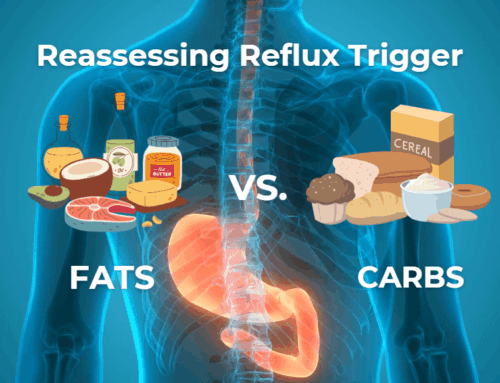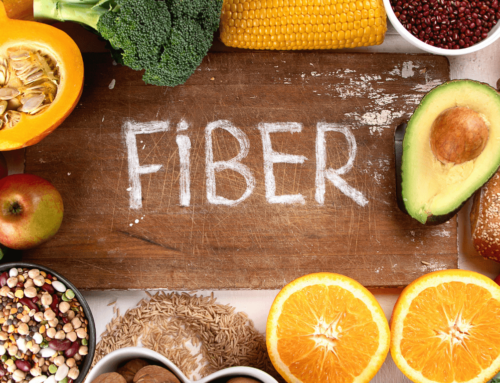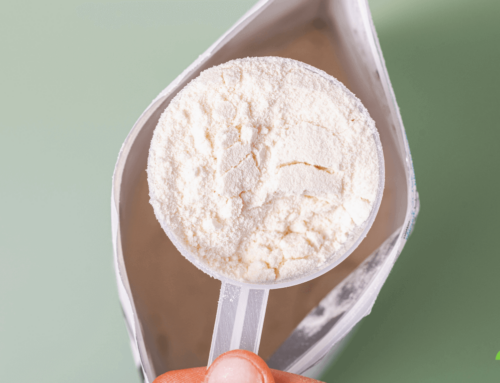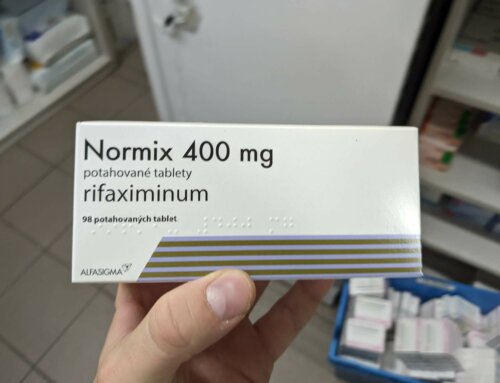Looking at the label is the first thing many people do to assess food safety. Most foods carry labels such as “sell by”, “use by”, or “best before”. Many people believe that food is not safe if consumed past these dates.
A recent Time Magazine article by Alexandra Sifferlin cites a report from the Natural Resources Defense Council and Harvard Law School’s Food Law and Policy Clinic which reports that Americans are prematurely throwing out almost half of the US food supply (worth 160 billion dollars) every year based on these label dates. What surprises many people, is that these perceived expiration dates have absolutely nothing to do with the risk of food poisoning or microbial contamination.
According to the article, Congresswoman Nita Lowey will be re-introducing the Freshness Disclosure Act to establish a consistent food dating system to fix the gap in our food safety laws. But don’t hold your breath. Nita has been trying to get this bill passed since 1999. There is currently no federal law in the US requiring expiration dates on food.
What are the real risks?
Clearly there are real risks from eating spoiled or contaminated foods. You may recall recent headlines about salmonella infections from contaminated peanut butter, fruit and bean sprouts, E. coli O157:H7 outbreaks from contaminated meats and produce, infant deaths by melamine in Chinese infant formula, or other incidents. A 2011 report by Elaine Scalla and associates at the Colorado School of Public Health estimates that almost 48 million people suffered from food related illness resulting in approximately 128,000 being hospitalized and 3,037 deaths. But what are these risks and how do we know when food actually needs to be tossed. In addition to the actual immediate illness from food poisoning, there are also long term risks of dysbiosis and SIBO from disturbing the gut microbiome I often blog about on this site.
CDC on Food Safety
According to their website, the CDC “provides the vital link between illness in people and the food safety systems of government agencies and food producers.” They accomplish this by
- Tracking the occurrence of foodborne diseases
- Defining the public health burden of foodborne illness
- Attributing illness to specific foods and settings
- Investigating outbreaks and sporadic cases
- Empowering state and local health departments
- Targeting prevention measures to meet long-term food safety goals
The website also lists the following microbes and associated foods that cause most illness:
- Campylobacter (poultry)
- E. coli O157 (ground beef, leafy greens, raw milk)
- Listeria (deli meats, unpasteurized soft cheeses, produce)
- Salmonella (eggs, poultry, meat, produce)
- Vibrio (raw oysters)
- Norovirus in many foods (e.g., sandwiches, salads)
- Toxoplasma (meats)
FDA on Food Safety
The FDA provides its own list of microbes associated with food-borne illness that is more extensive than the CDC list and also included the symptoms of each illness. This list is worth reviewing.
To address the risk, in 2011 the FDA Food Safety Modernization Act (FSMA) became law. The act includes several elements designed to improve the safety of both domestic and imported foods. They include:
- Preventing food safety problems through performance standards, facility registration, auditing, inspection, laboratory accreditation, and surveillance.
- Protecting against food adulteration
- Ensuring safe transport of food
- Minimizing food allergies
Though the goals seem reasonable, critics say implementing the act may not significantly improve food safety (estimates indicate food-borne illness will drop from 48 million per year to 46 million, though how many of those 2 million might be more serious infections is not clear) but will cost 500 million dollars per year which will be borne by farmers and food producers. The impact on small farms is expected to be about 13,000 each year.
How can we protect ourselves?
Most of us have learned through experience and education various ways to assess the safety of foods we eat. While there’s no single way to determine if food is safe, here are some suggestions:
- Familiarize yourself with the signs and symptoms of food borne illness (see the FDA link above)
- Smell food and examine its appearance before consuming.
- Be alert to off tastes.
- Focus on fresh foods, especially from local markets.
- Discard meat that smells bad, is slimy or discolored.
- Discard fish that smells bad or curls at the edges.
- Check milk, cream or other dairy products for foul smell or a change in consistency.
- Don’t eat canned goods that smell bad or when the can is leaking or bulging.
- Don’t eat undercooked meats, fowl or seafood and cook at correct temperatures. If you consume sushi as I do, consume only fresh sushi from reputable restaurants and markets and pay attention to what your nose and taste buds are telling you.
- If you plan to freeze food do it immediately after purchase or cooking.
- Follow safe refrigerator/freezer storage time charts.
- Make sure your refrigerator and freezer is set to the proper temperature and vacuum dirt and dust from the condensing coils periodically. Appliance thermometers can help you assess if your freezer temperature is at or below 0 °F and your refrigerator is at or below 40 °F.
- Don’t leave prepared or perishable foods out at room temperature for longer than necessary to prepare and consume them.
- Defrost frozen foods in the refrigerator or microwave – not on the counter.
- Run your dish sponges through the dishwasher.
- Sanitize food preparation surfaces periodically with 1 tablespoon of bleach per quart of water.
- When in doubt, toss it out.
Other tips:
- Consume fermented foods: Fermented foods resist spoilage because beneficial microorganisms have depleted many of the nutrients disease-causing microbes dine on. Beneficial microbes also produce acids such as lactic acid that act to preserve the food.
- Consume acidic foods. Acidic foods resist spoilage because many disease-causing microbes have a hard time growing due to the low pH (high acid).
- Pasteurized or sterilized foods are also safer, but some of the nutrients, vitamins and, in some cases, healthy microbes will be sacrificed by the process.
- Be aware of foods known to cause allergies including: eggs, fish, milk, tree nuts, peanuts, shellfish, soy products, and wheat.
What did I miss? Do you have a tip for healthy eating?







Leave A Comment
You must be logged in to post a comment.